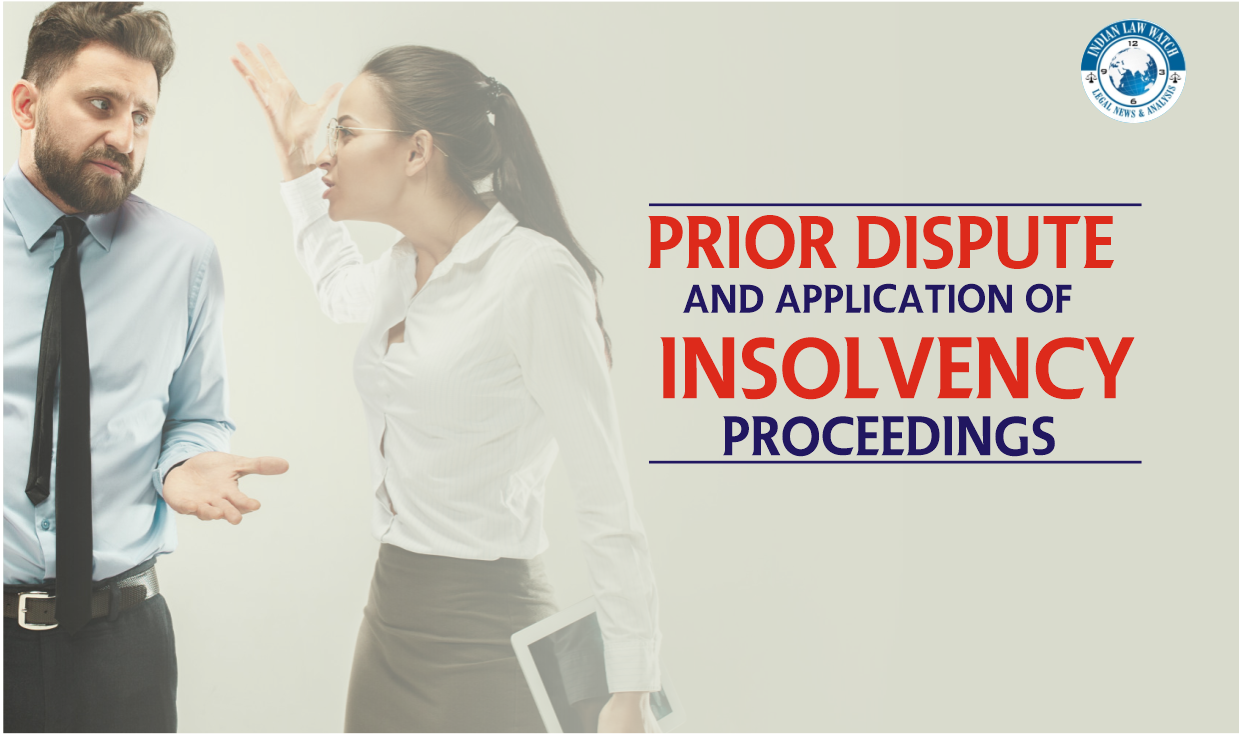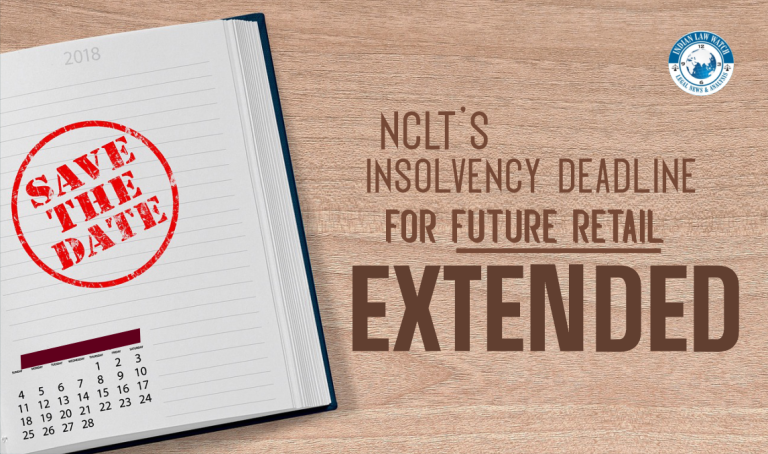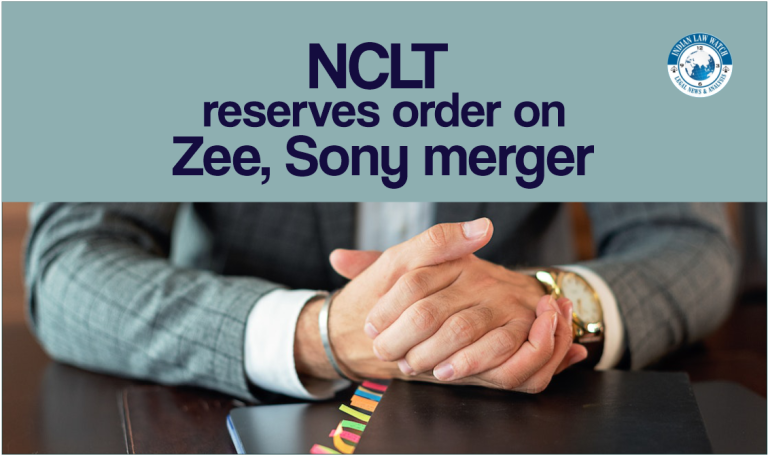
A bench of National Company Law Tribunal (NCLT) Branch Mumbai rules that prior existence of disputes excludes insolvency proceedings under the Insolvency and Bankruptcy Code 2016 (the Code).
It may be recalled that the Section 8 (2) (a) read with Section 9 of the Insolvency and Bankruptcy Code, 2016 is applicable in cases where a prior dispute exists between the debtor and the creditor, whereas, the Section 14 provides for a moratorium period during which no legal action can be taken against the debtor, including initiating insolvency proceedings. The essence is that a prior dispute must be addressed at appropriate forums before the Insolvency proceedings under the Section 9 / others of the Code. Insolvency Plan even if prepared has no relevance if a dispute/ claim exists.
The facts of the case are as hereunder. Link
- An application was filed by Satec Envir Engineering (India) Private Limited, the Operational Creditor/Applicant, under section 9 of Insolvency & Bankruptcy Code, 2016 (I&B Code) seeking initiation of Corporate Insolvency Resolution Process (CIRP) against Indian Oil Corporation Limited, Corporate Debtor.
The Judgment Link
NCLT, Mumbai in their order dated March 3, 2023 by Mr. Prabhat Kumar Hon’ble Member (Technical) and Mr. Kishore Vemulapalli Hon’ble Member (Judicial) said that:-
“We have considered this argument and are of the opinion that we consider that there exist a dispute requiring adjudication thereof and we cannot go into adjudication of dispute, whatsoever it may be, under the Code. Therefore, we do not find any merit in this plea.
We cannot hold that there is default by the Corporate Debtor in payment of debt amount as existence of such debt is itself in dispute in view of various correspondence(s) placed on record. Therefore, we do not find it a fit case to allow the application u/s 9 of the Code. Hence, the Application filed by the Operational Creditor is liable to be Dismissed.”
The Code has been designed with these objectives: –
“An Act to consolidate and amend the laws relating to reorganisation and insolvency resolution of corporate persons, partnership firms and individuals in a time bound manner for maximisation of value of assets of such persons, to promote entrepreneurship, availability of credit and balance the interests of all the stakeholders including alteration in the order of priority of payment of Government dues and to establish an Insolvency and Bankruptcy Board of India, and for matters connected therewith or incidental thereto. Link”
Performance of CIRPS under the Code
As per Insolvency and Bankruptcy Board of India, the Corporate Insolvency Resolution Processes are yielding Resolution Plans: As on 31st December, 2022, 611 cases were processed. Link . Since the coming into force of the provisions of Corporate Insolvency Resolution Process (CIRP) as per the Code with effect from December 1, 2016, 5,890 CIRPs have been initiated till September 30, 2022. Of these, 846 have been closed on appeal or review or settled or others; 740 have been withdrawn under Section 12A; 1,807 have ended in liquidation, 553 have ended in approval of resolution plans and for remaining the process is ongoing. Link to Annual Report of the Ministry of Corporate Affairs Year 2022-23 Page no.51 Para on “Six Years of IBC” 6.11.1
Case Laws:
- In the case of Mobilox Innovations Private Limited vs. Kirusa Software Private Limited (2017), The object of the Code, at least insofar as Operational Creditors are concerned, is to initiate Insolvency Process against the Corporate Debtor only in clear cases where a real dispute between the parties as to the debt owed did not exist. The IBC was not intended to be a substitute to a recovery forum and that whenever there was existence of a real dispute, the IBC provisions cannot be invoked.
- In the case of V. Padmakumar vs. Stressed Assets Stabilization Fund (2020), the Supreme Court held that the insolvency process cannot be initiated for recovery of a debt where there is a genuine dispute between the parties, unless the dispute is raised as a mere pretext to avoid the insolvency process.





